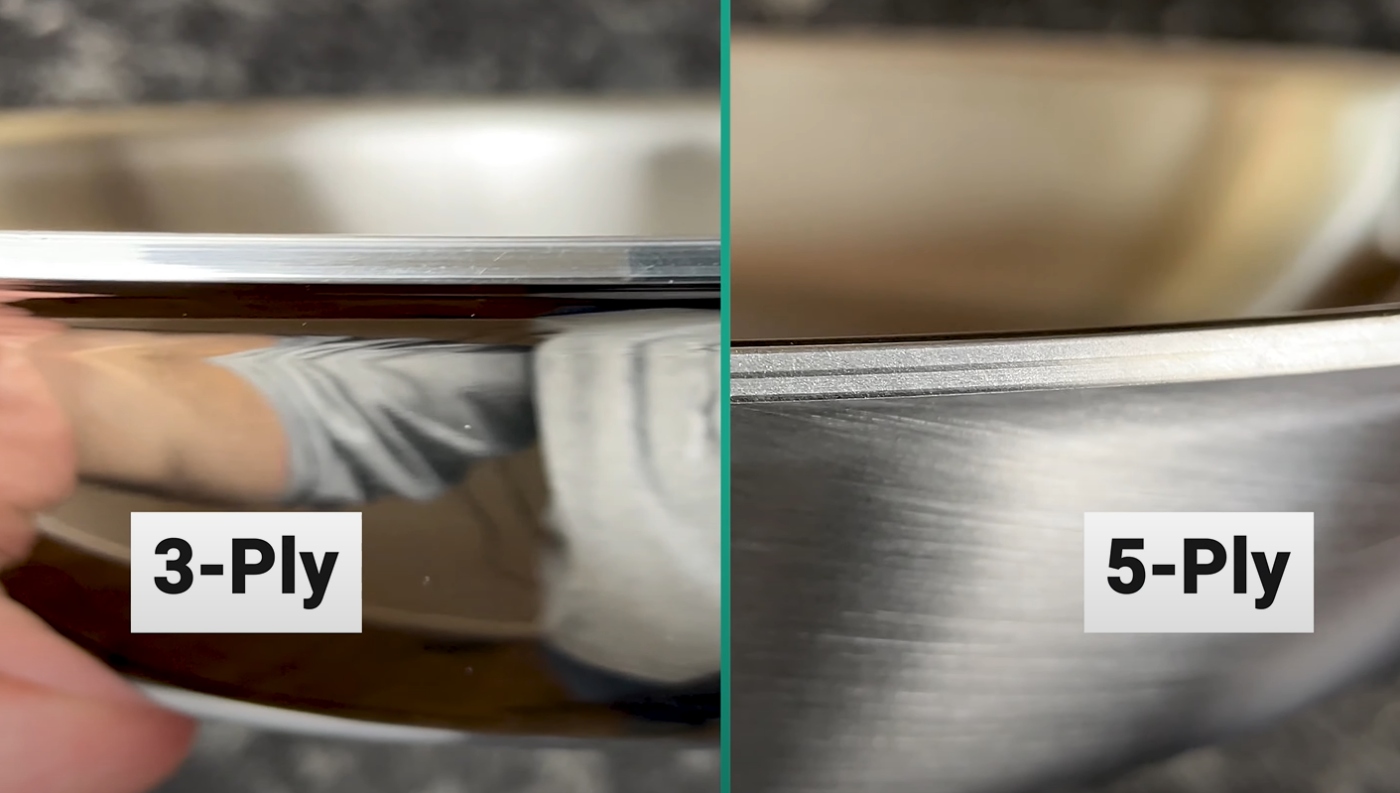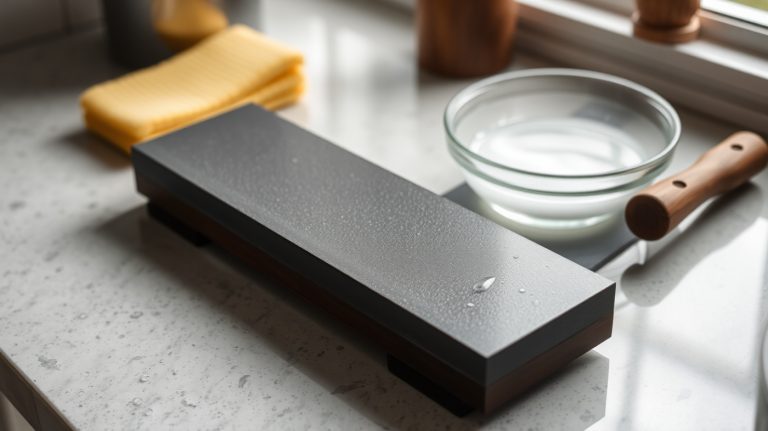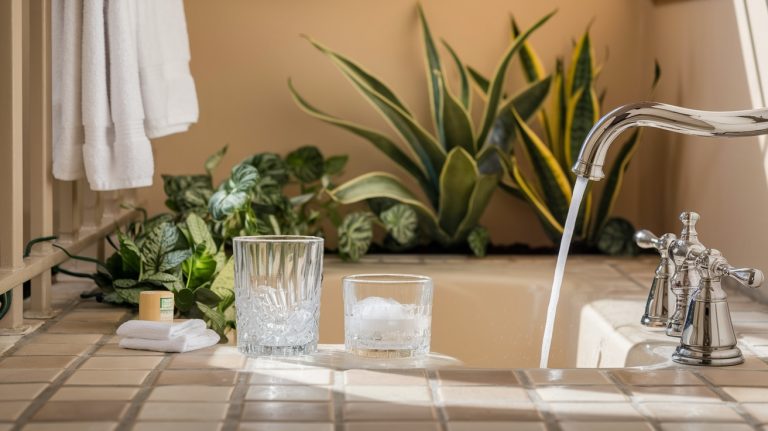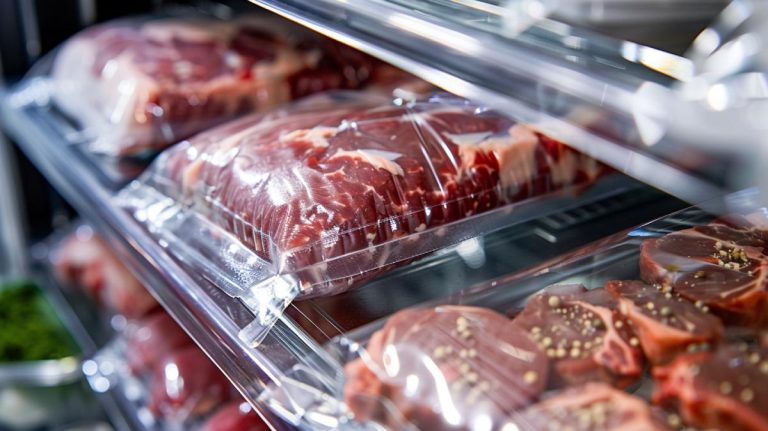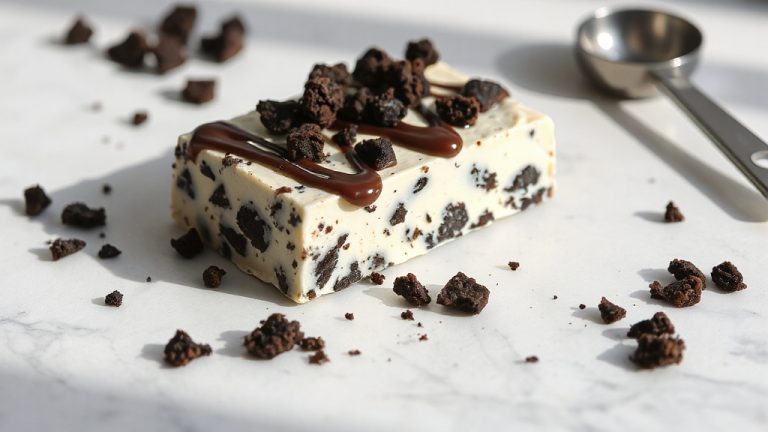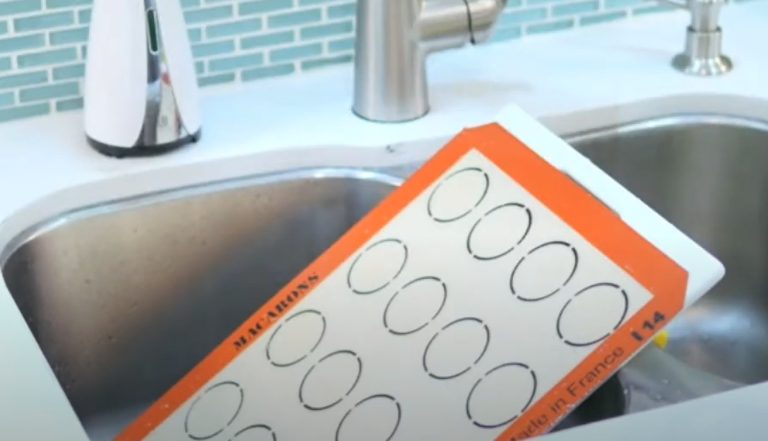3 Ply Vs 5 Ply Cookware: What Works Best for Your Cooking?
When you’re deciding between 3-ply and 5-ply cookware, think about your cooking needs. 3-ply cookware has two stainless steel layers and an aluminum or copper core, offering good heat conductivity and being lighter and more affordable.
However, it may develop hot spots. In contrast, 5-ply cookware includes five layers for superior heat retention and durability, making it a favorite among professional chefs.
While it’s heavier and often pricier, it resists warping and scratches better. Your choice should balance performance with your cooking style, and there’s more to reflect upon as you weigh your options.
Key Takeaways
- 3-ply cookware features two stainless steel layers with an aluminum or copper core, providing good heat conduction and affordability.
- 5-ply cookware, with five bonded layers, offers superior heat retention, making it ideal for professional chefs and complex cooking tasks.
- 3-ply cookware is generally lighter and easier to handle, while 5-ply cookware’s increased weight enhances stability during cooking.
- Durability is a key difference; 5-ply cookware resists warping and scratching better than 3-ply options, ensuring longevity.
- Price varies significantly; 3-ply is more budget-friendly, while 5-ply represents a higher investment due to advanced design and performance.
3 Ply Vs 5 Ply Cookware: Understanding the Main Differences
While both 3-ply and 5-ply cookware offer unique advantages, their fundamental characteristics set them apart considerably.
3-ply cookware features two stainless steel layers surrounding a core of aluminum or copper, which guarantees efficient heat conductivity and promotes even cooking. However, if not constructed with precision, this design can lead to hot spots during cooking.
On the other hand, 5-ply cookware boasts five bonded layers, including a thicker core that enhances heat retention and distribution. This makes it particularly well-suited for complex cooking tasks, appealing to professional chefs and serious home cooks alike.
The increased weight of 5-ply cookware may feel cumbersome at first, but it contributes to its stability and cooking performance.
Durability is another area where 5-ply excels. With its multiple layers, it resists warping and scratching, maintaining both appearance and functionality over time.
In contrast, 3-ply cookware, while generally lighter and easier to handle, may not offer the same level of durability.
Cost is also a consideration, as 3-ply cookware tends to be more affordable due to its simpler construction, while 5-ply represents a higher investment reflecting its advanced design and long-lasting performance.
Frequently Asked Questions
Can 3-Ply Cookware Be Used on Induction Cooktops?
Absolutely, 3-ply cookware can work on induction cooktops, especially if it contains a magnetic stainless steel layer.
In fact, many popular brands, like All-Clad D3, guarantee compatibility by incorporating this feature.
However, the performance largely hinges on the base’s thickness; cookware with a thicker base tends to heat more evenly.
Always check the manufacturer’s specifications for induction compatibility to guarantee ideal cooking results.
How Do I Maintain the Shine of My 5-Ply Cookware?
To maintain the shine of your 5-ply cookware, you should wash it regularly with warm, soapy water and a soft sponge.
Avoid abrasive cleaners or scouring pads, as they can scratch the surface. For tough stains, mix baking soda and water into a paste for gentle cleaning.
After washing, dry your cookware with a soft cloth to prevent water spots.
To restore shine over time, use a stainless steel cleaner as directed.
Is 5-Ply Cookware Worth the Extra Cost for Home Cooks?
When weighing the cost of 5-ply cookware, consider your cooking habits and aspirations.
If you often tackle complex recipes or seek professional-level results, the investment can be justified. The superior heat distribution and durability enhance your cooking experience, allowing for precision in delicate techniques.
However, if you primarily cook simple meals, a less expensive option may suffice.
Ultimately, it depends on how serious you’re about elevating your culinary skills.
Can 3-Ply Cookware Handle High-Heat Cooking Methods?
They say, “You get what you pay for.”
3-ply cookware can handle high-heat methods effectively, thanks to its aluminum core that provides great heat conductivity. You’ll find it suitable for searing and sautéing, but keep in mind it might warp if exposed to extreme heat for too long.
With proper care, it can withstand temperatures up to 500°F, making it versatile, but avoid prolonged high heat to prevent damage or hot spots.
What Is the Average Lifespan of 3-Ply Versus 5-Ply Cookware?
When considering cookware, you’ll find that the average lifespan varies considerably.
With proper care, 3-ply cookware typically lasts around 5 to 10 years. In contrast, 5-ply cookware often endures for 10 to 20 years or more due to its sturdier construction.
The quality of materials and maintenance practices, like avoiding metal utensils, also play essential roles in determining how long your cookware will last.
Prioritizing durability can save you money in the long run.
Choose 3-Ply or 5-Ply Cookware According to Your Culinary Needs
In choosing between 3-ply and 5-ply cookware, it’s clear that both types cater to different culinary needs. You might find that a 3-ply pan is perfect for everyday cooking, while a 5-ply option shines during those special occasions when you want to impress.
Notably, many top brands offer both, allowing you to discover the ideal balance for your kitchen. Ultimately, your choice reflects not just your cooking style, but the quality you value in your culinary adventures.

